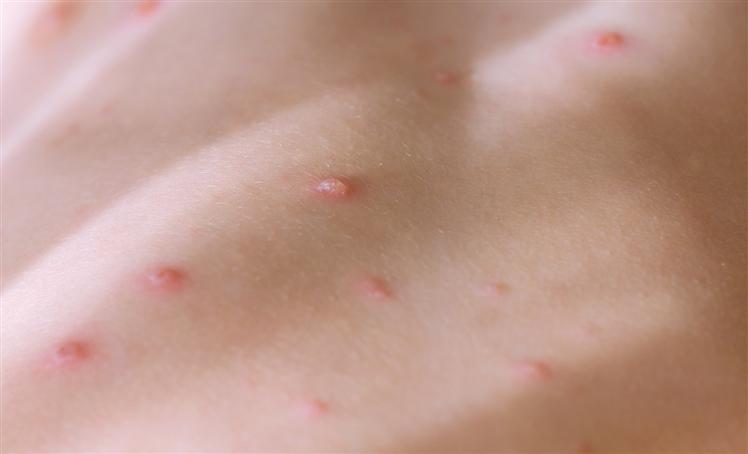The plan, unveiled days after the federal government declared monkeypox a public health emergency amid criticism over the administration’s response to the rapidly unfolding crisis, would allow public health officials to stretch their limited supply of monkeypox vaccine doses by changing how those shots are administered.
Rather than inject doses of Jynneos subcutaneously, a traditional way of delivering vaccines into the fatty tissue under the skin, the doses would instead be injected under the top layer of the skin.
This approach, known as an intradermal injection, uses a thinner needle and less vaccine but leads to a small bubble forming on the surface of the skin that can scar.
“In recent weeks the monkeypox virus has continued to spread at a rate that has made it clear our current vaccine supply will not meet the current demand,” FDA Commissioner Dr. Robert Califf said in the statement. “The FDA quickly explored other scientifically appropriate options to facilitate access to the vaccine for all impacted individuals. By increasing the number of available doses, more individuals who want to be vaccinated against monkeypox will now have the opportunity to do so.”
The change in strategy comes just days after the administration declared the disease as a public health emergency, giving the FDA and other government health agencies more flexibility to fight the virus outbreak.
To date, the United States´ monkeypox case toll amounts to over 9,400, according to latest report from the Centers for Disease Control and Prevention.
pll/ode/ifs










